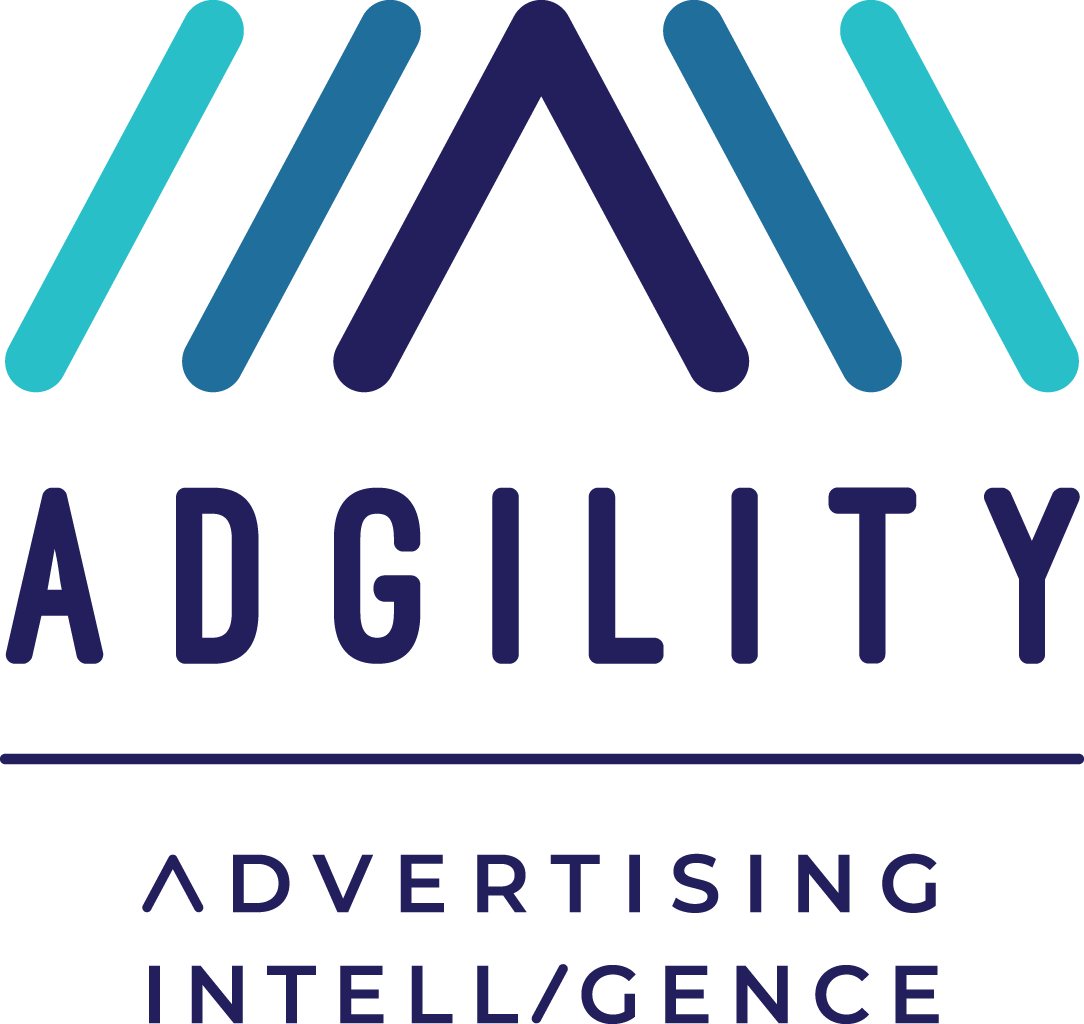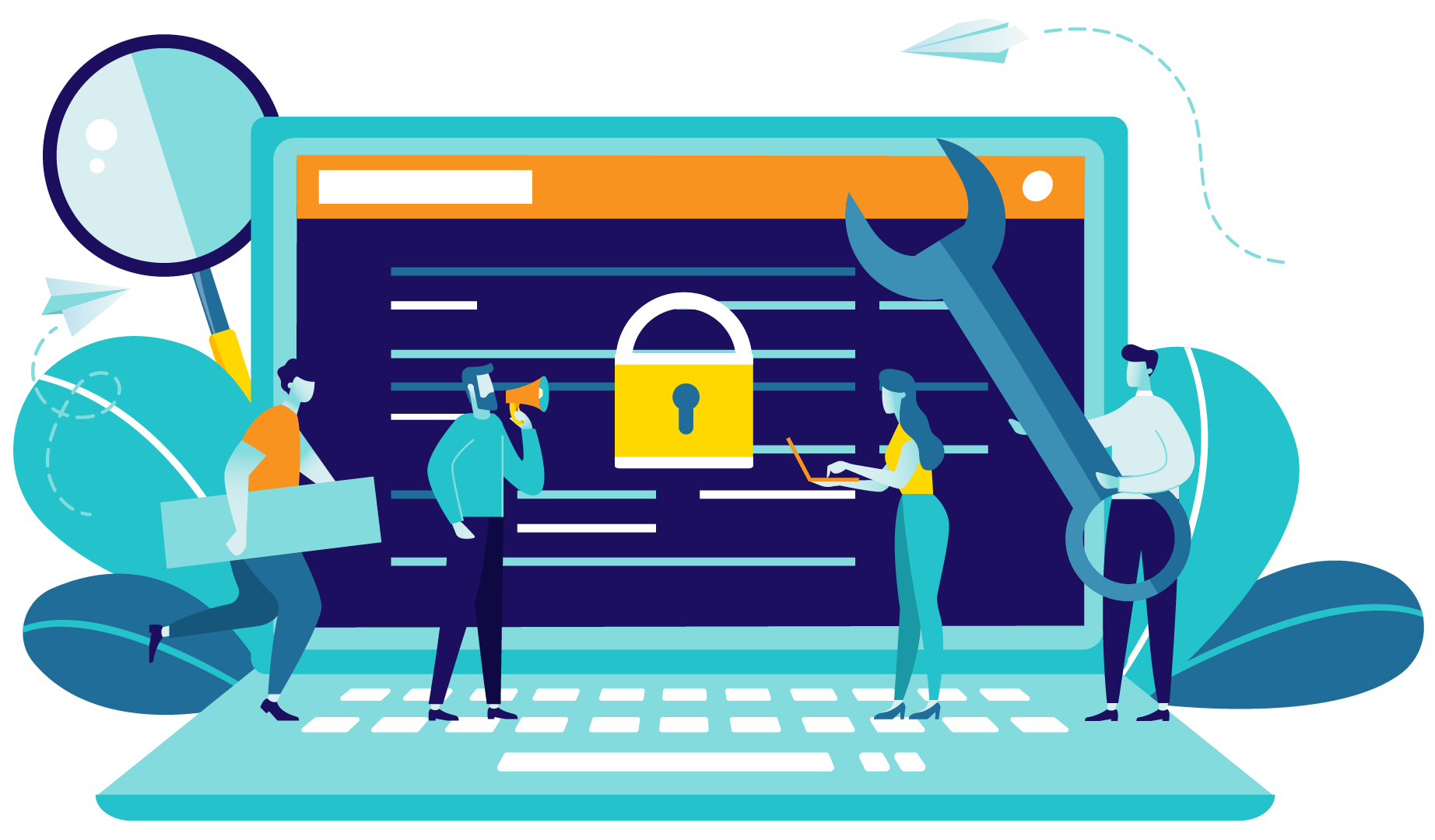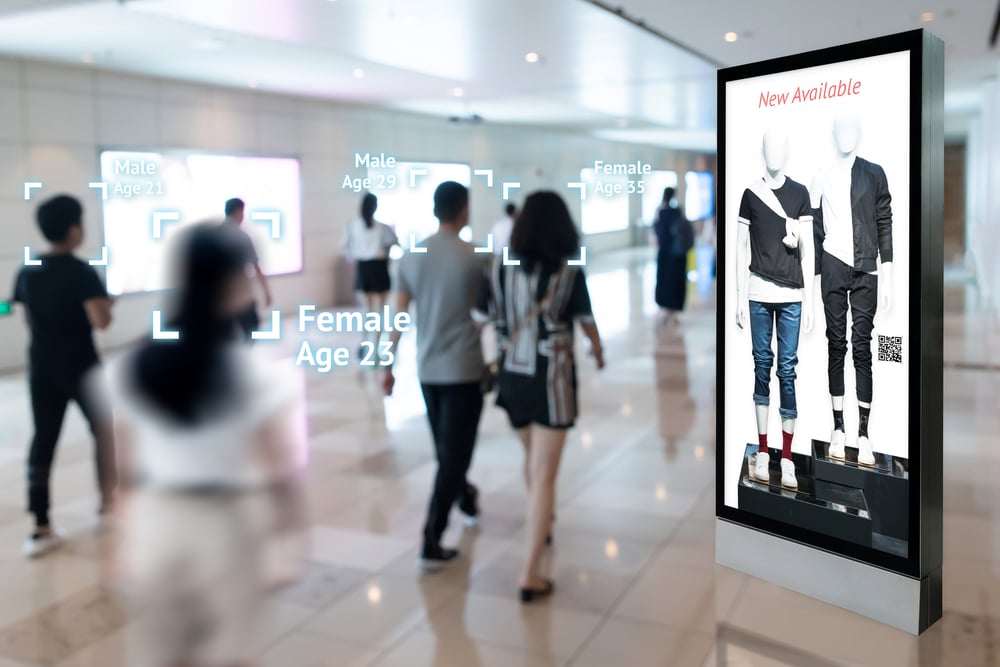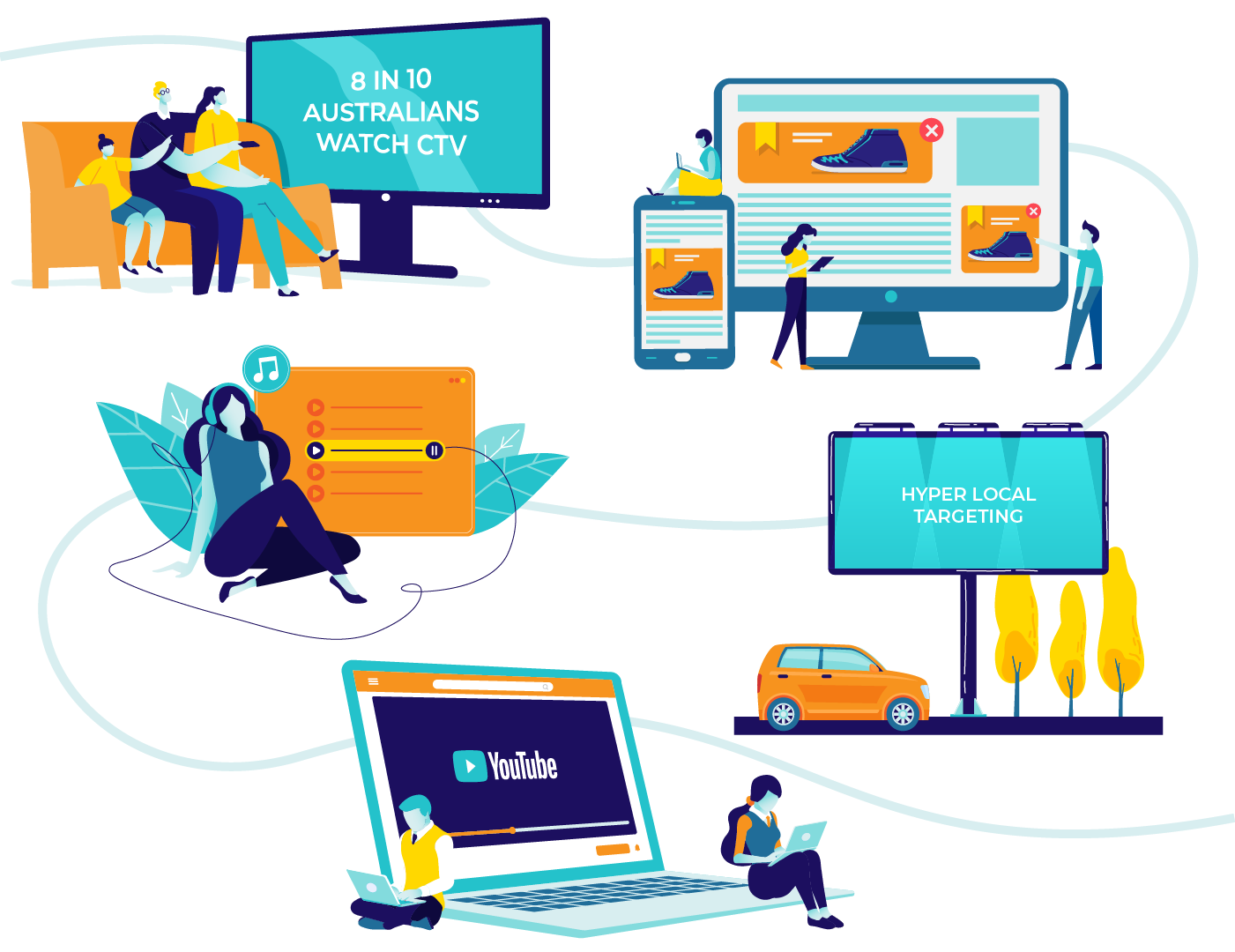With the rapid adoption of omnichannel executed through programmatic media buying, challenges around brand safety, ad fraud and viewability have been put in the spotlight, for what I believe has mostly been for the wrong reasons.
In 2017 brand safety became a hot topic when ‘The Times’ accused Google of running their brand messaging on YouTube alongside extremist content. What followed was a sh-tstorm of bad publicity for Google and the biggest walled gardens being YouTube and Facebook. It also put the programmatic advertising industry under scrutiny too, prompting a backlash from big media agencies and large brands, predominantly from the UK and US, to suspend their advertising with Google, with countless advertisers quickly jumping on the band wagon.
Despite all the bad publicity, there was a lot of positive change that came out. Because big budgets were at stake, the internet giants Google and Facebook, implemented some big changes to the filtering of user generated content, with ad exchanges, networks and demand side platforms all following suit. At advertiser level, it prompted brands to question how they can ensure that their digital display ads are running alongside published content that aligns with both their own brand’s and their customers’ values.
This post provides forward-thinking marketers, brands and agencies with actionable steps to define, implement and adjust protective measures to ensure brand safety, directly in consideration of brand objectives and in compliance with industry standards.
STEP 1. Define your programmatic brand safety policy
Taking Ownership
Sometimes it starts with a simple conversation about who is responsible for overseeing the implementation and running of brand safety. I've always been black and white about this, however it seems. If Adgility, as an agency, is running a programmatic campaign for a brand or agency, it’s 100% our responsibility to educate, implement and keep up to date with brand safety features on behalf of our client. However, if you are going direct to the ad tech vendor the responsibility should be shared, the brand marketer outlining their brand safety policy and the ad tech vendor implementing it accordingly. If you, the brand marketer or agency, are running programmatic in-house, then the responsibility lies entirely with you to ensure all brand safety procedures are followed, mechanisms have been put in place and are kept updated with the latest tools and industry standards.
Most ad tech vendors (Demand Side Platforms) and agencies adept in programmatic marketing shouldn’t need to be pushed and probed about brand safety; it’s something etched into their vernacular before campaign implementation begins. However, if it isn’t, perhaps you should be thinking twice about who is running your programmatic campaign, their level of experience and motives.
According to a recent study ‘An Insider’s Look at Media, Brand Safety, and Partnerships” conducted by Sizmek, a leading demand side platform, nearly 40% of brands say the primary responsibility belonged with the brand themselves and more than 80% have developed their own brand safety guidelines for their agencies and partners to follow. Looking at secondary responsibility, media buying agencies came out on top, with ad exchanges and networks close behind, suggesting that all parties are expected to participate in brand protection.
Partnering Up
The good news is that within the programmatic ecosystem itself, the fight to protect brand safety has come in leaps and bounds over the past 2 years, with many demand side platforms (buy side ad tech) integrating brand safety into their platforms.
As an example, a big part of our brand safety policy is trading in-house with platforms that have integrated brand safety solutions by partnering up with companies like Integral Ad Science, DoubleVerify and Comscore. These companies have developed algorithms, formulas and data-driven tools to prevent ads from ever appearing alongside undesirable content.
We have also developed our own processes and added features to our set-up and implementation process that contribute to providing brand safety anywhere ads can appear. We’re also registered and on the path to achieving IAB Gold Standard which aims to reduce ad fraud, improve the digital advertising experience and increase brand safety.
Be aware
I'll get straight to the point - you shouldn't be paying additional fees to agencies or DSP's for brand safety, it should be a cost absored by the tech vendor themselves. Over recent years we’ve been advised that some suppliers have tried to charge advertisers and agencies additional and exorbitant fees for brand safety integration. As I pointed out earlier, brand safety isn’t a luxury or a ‘nice to have’, but an integral part of a professional programmatic strategy and set up. Stay well clear of suppliers who want to charge you additional fees to implement, run and maintain brand safety solutions.
STEP 2. White and Black list
It’s important to do both, here’s why:
A simple method of protecting brand safety is supplying a black list of sites in the form of actual website URL’s, content themes or even industry verticals that you don’t want your brand to appear. Then supply a white list of networks or sites you would like your brand to appear. Again, a good agency partner should assist you here to eliminate any confusion and cut down your time preparing lists.
Adgility follows a strict brand safety process that includes supplying our clients with ready-made black and white lists that are brand appropriate, making sure they are constantly evaluated and updated to ensure they remain relevant, accurate and valuable for the specific advertiser.
Also, you should be aware that implementing a whitelist for brand safety is relatively simple these days. Most of the platforms themselves have a list of approved networks, sites and apps that have been through a stringent process to achieve brand safety guarantee. However, the practice of blacklisting is not as popular simply due to the fact the number of ‘bad sites’ is constantly rising and its difficult to keep up. However, to ensure peace of mind on both sides, we always recommend blacklisting as sometimes it can come down to something as simple as the brand wanting to avoid a specific type of vertical or a bunch of specific websites that your agency or ad tech vendor may not be aware of.
The devil is in the detail when it comes to white and black listing, however it is well worth the effort and will give you the utmost peace of mind knowing you have completely blocked all content and sites that could potentially harm your brand, plus the added benefit of your ads now having more likelihood of popping up on the sites you'd most love to see your brand affiliated.
Step 3. Consider Programmatic Private Marketplaces
Instead of your brand running on the ‘open exchange’ (open marketplaces) you can decide to pick and choose exactly where your ads appear from a list of ‘brand safe’ networks and publishers, for example Yahoo, News, Fairfax, Gumtree, etc. This is called Programmatic PMP (private marketplace) and is becoming a very popular method of transacting digital inventory via programmatic platforms. By knowing exactly where your ads will be placed warrants peace of mind, but it will also come at a greater cost. Programmatic PMP (private marketplace) deals ensure you’ll be buying premium brand safe inventory at just the right price, however, keep in mind that you’re also limiting brand exposure on the web which can potentially reduce your ability to reach more lucrative audiences at scale and potentially push up your cost to acquire a lead or sale.
According to Sizmek’s recent study “64% of marketers agreed that achieving brand safety on campaigns can be a challenge and often negatively impacts performance.” These stats, although a little discomforting, also skew towards marketers that are booking mostly contextual placements programmatically which will always restrict audience reach and therefore can put relevance, brand safety and performance at odds with each other. Simek’s research study also concluded that "81% of marketers find that targeting both audience and context negatively impacts the scale and performance of campaigns".
Since Google and YouTube’s brand safety scandal in 2017, it wouldn’t surprise you that Programmatic PMP deals are becoming increasingly popular with now approx. 74.5% digital display ads run via private marketplaces in the US. As Australia’s consumption of programmatic is set to grow significantly over the next 1-3 years, you can expect to see the same trends adopted locally too. Therefore, my best advice in relation to programmatic guaranteed inventory is: get in early, put your stake in now and start securing your PMP deals sooner than later. Why? Apart from the inevitable, premium networks and publishers increasing rates in line with increased demand, you’ll also be in a stronger position to know what contextual placements and/or premium publishing sites are working better for your brand so you'll be in an even more powerful position of knowing what their worth and even better - what you fancy paying or 'bidding' for them.
In Conclusion
My belief has never strayed; in order for brands to achieve effective brand protection, they must work with the right partners and provide a clear framework of what your brand stands for.
If your partner fails to integrate brand safety as part of your programmatic strategy OR present you with their brand safety policy before commencing campaign build (one that should be easy to implement and even pre-integrated into a DSP), then that’s a big enough reason to question their integrity and look towards another solution or partnership.
Keep top of mind that brand safety isn’t a luxury or a ‘nice to have’. If implemented strategically by a partner who cares enough to take the time to navigate the complexity of what ‘harmful pages’ means for your brand, this attention to detail will be your best ally in the fight against dangerous content. For example, page content that may be harmful for a women’s eco-friendly fashion brand may not be for a men’s suit retailer. These distinctions can very easily set an average supplier miles apart from a better, more experienced one.
After all, it’s your brand reputation at stake here, and in the words of Richard Branson, “It takes 20 years to build a reputation and only 5 minutes to ruin it”.






.png?width=1892&height=2121&name=Copy%20of%20advancedretargeting_FINAL%20(1).png)
